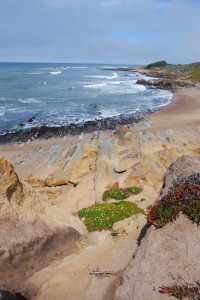
California coastline south of San Francisco
When I go on vacation I never really forget about the food systems I like to study as part of my work. So it’s not surprising that last week while on a short vacation to California I came across some interesting observations about sustainability.
This time of year we are getting an awful lot of our food from California. Our local farmers have been getting some early greens that they’ve been growing under cover out to the farmers’ markets, but I certainly saw many thousands if not hundreds of thousands of acres of monocultured crops either being harvested or close to harvest when I drove north from Santa Barbara to San Francisco on Highway 101. Strawberries, kale, broccoli, cabbages, cauliflower, all grown in what is essentially desert-like land, which needs to be constantly irrigated, especially in this time of drought that large parts of California are suffering.
The curious part of driving past the fields is that they all looked very green and lush, I saw some sprinklers working and evidence of a lot of drip irrigation. So water is still being used. But the water issue has trickled right down to the restaurant level in some of the towns closer to the coast. In the town of Cambria, where my wife and I stopped for lunch at a very nice restaurant called Indigo Moon Café, we were served bottled water instead of tap water, in plastic glasses. I asked our waitress about that…she said that at a town hall type of meeting, business owners discussed how to conserve water, and the restaurant owners decided to serve bottled water brought in from outside the area at cost, so our 500-mil bottle was 30 cents, and the plastic glass was to avoid having to use water to wash real glass water vessels. And every toilet I used anywhere during our stay was definitely a low-flow toilet. But in the larger cities not so close to farmland there didn’t seem to be a lot of fuss made about water conservation.
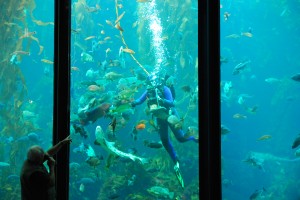
Feeding time at the Monterey Bay Aquarium
Further down the coast: For a long time I’ve wanted to visit the Monterey Bay Aquarium. This was really the first facility to come up with a Seafood Watch program to help people make sustainable choices when eating seafood, and the message about sustaining ocean life is still very strong there, a running theme even as we watched a diver do a feeding in the huge live tank that is one of the showcases at the Aquarium. And I was able to pick up a couple of updated wallet cards that list the best choices for regular seafood and even the sustainable choices for dining at sushi restaurants.
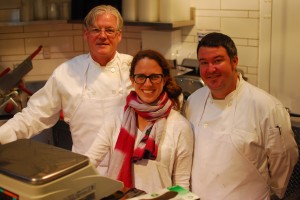
Bronwen Hanna-Korpi and the butchers at Belcampo Meats in Santa Barbara
In Santa Barbara, I was pleased to learn that a classmate I studied food culture with in Italy is now part of the management group at Belcampo Meat Company. This is a northern Californian firm that owns a ranch, its own slaughterhouse and processing facility designed by animal rights activist Temple Grandin, and a growing chain of specialty butcher shop-restaurant combinations. Their beef is all grass-fed and grass-finished and organic, and they also raise organic pork and poultry. My classmate, Bronwen Hanna-Korpi, was in Santa Barbara to open the latest of these butcher shops in the Santa Barbara Public Market, and we chatted a bit about how the demand for the kind of products Belcampo is producing is growing by leaps and bounds. But the drought is affecting Belcampo as well. They need more feed for their cattle than they can grow on their land under these drought conditions, and they have trouble sourcing organic hay, and when they can find it, it’s very expensive. They ARE after the clientele that can afford to pay more for their products, but they really need to get some relief from the drought to make sure their animals are properly fed.
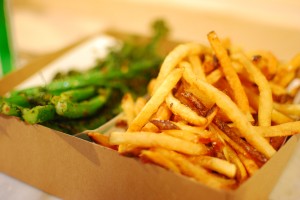
Deep-fried broccolini and fries
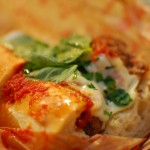
Meatball sandwich
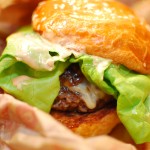
Belcampo Cheeseburger
My wife and I shared some very tasty food at Belcampo. A cheeseburger full of that grass-fed beef flavour. A meatball (pork and beef) sandwich with tomato sauce that tastes like homemade, crispy fries and fantastic deep-fried broccolini with hot pepper flakes. A winning combination that made us nice and full for the drive back to San Francisco.
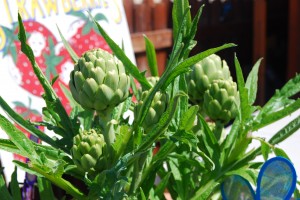
Artichokes Everywhere!
Some other notes: Did you know that California is the artichoke capital of North America? We drove by fields and fields of artichokes and saw them for sale in all shapes and sizes at very affordable prices.
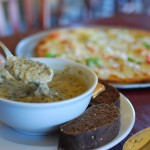
Artichoke Soup
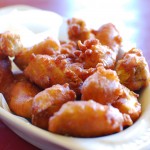
Deep-fried artichokes
Too bad we couldn’t bring any back! But we had deep-fried artichokes and artichoke soup in one of the towns where we stopped in for lunch. And avocados! Everywhere!
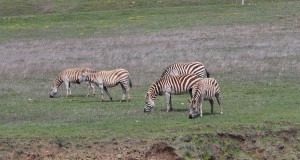
Zebras
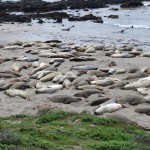
Elephant Seals
Zebras and Elephant Seals: You can see both along the California coast. The seals haul themselves up on the sandy beaches to sun themselves, while the zebras are the last remnants of a herd that was once kept in the Hearst Castle Zoo. Now they roam part of the 90 thousand-acre Hearst Ranch.

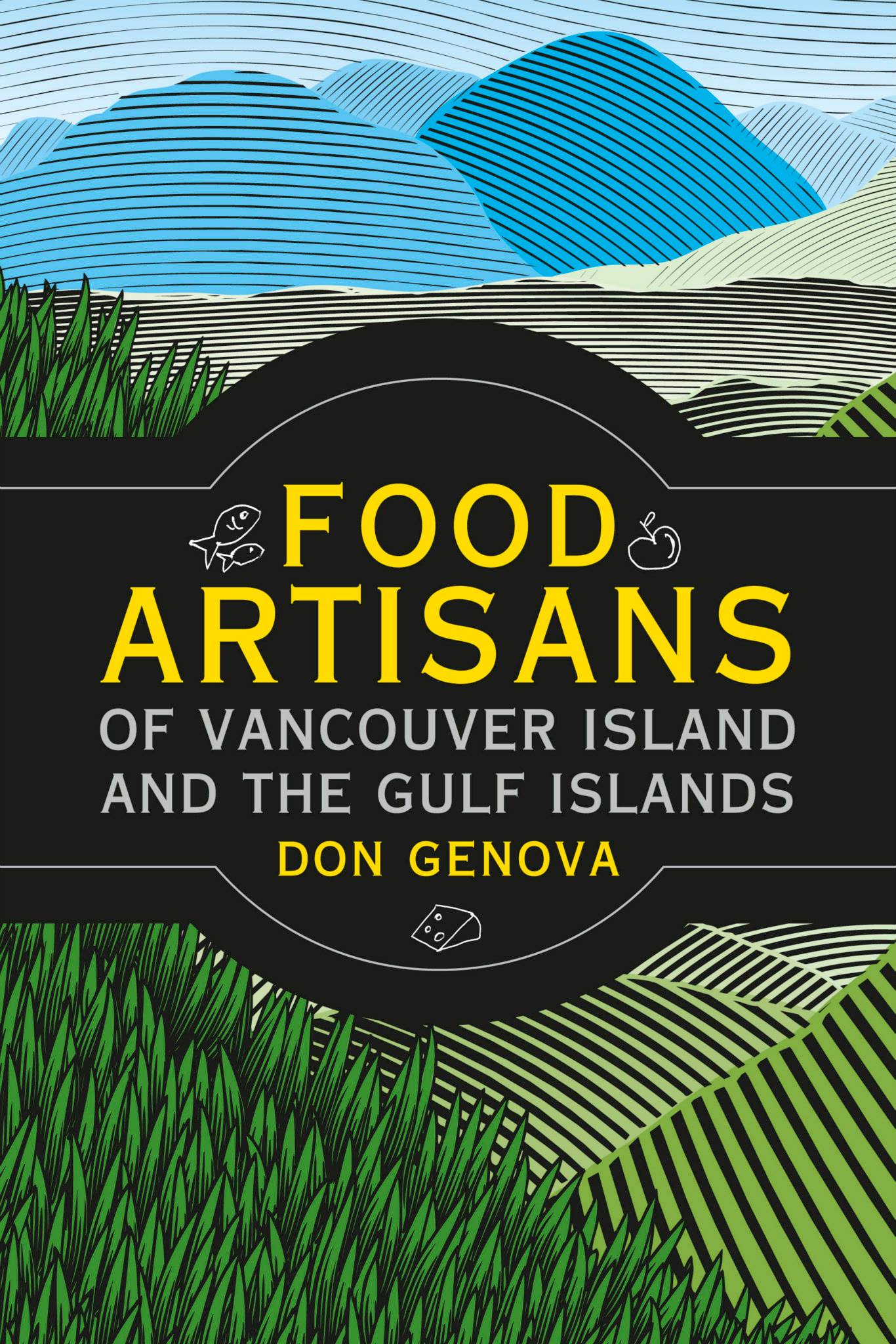

Fantastic insights on your meanderings. Love that part of California!